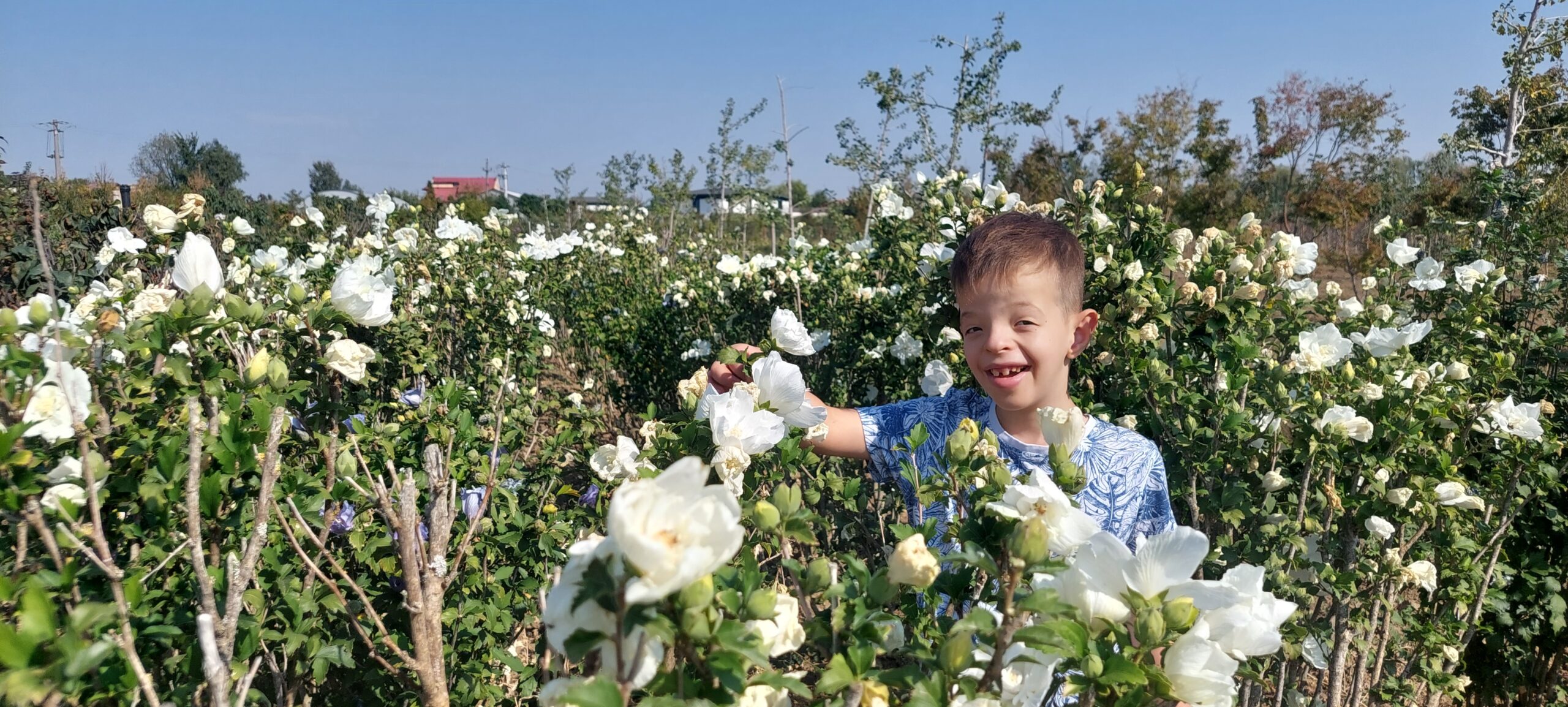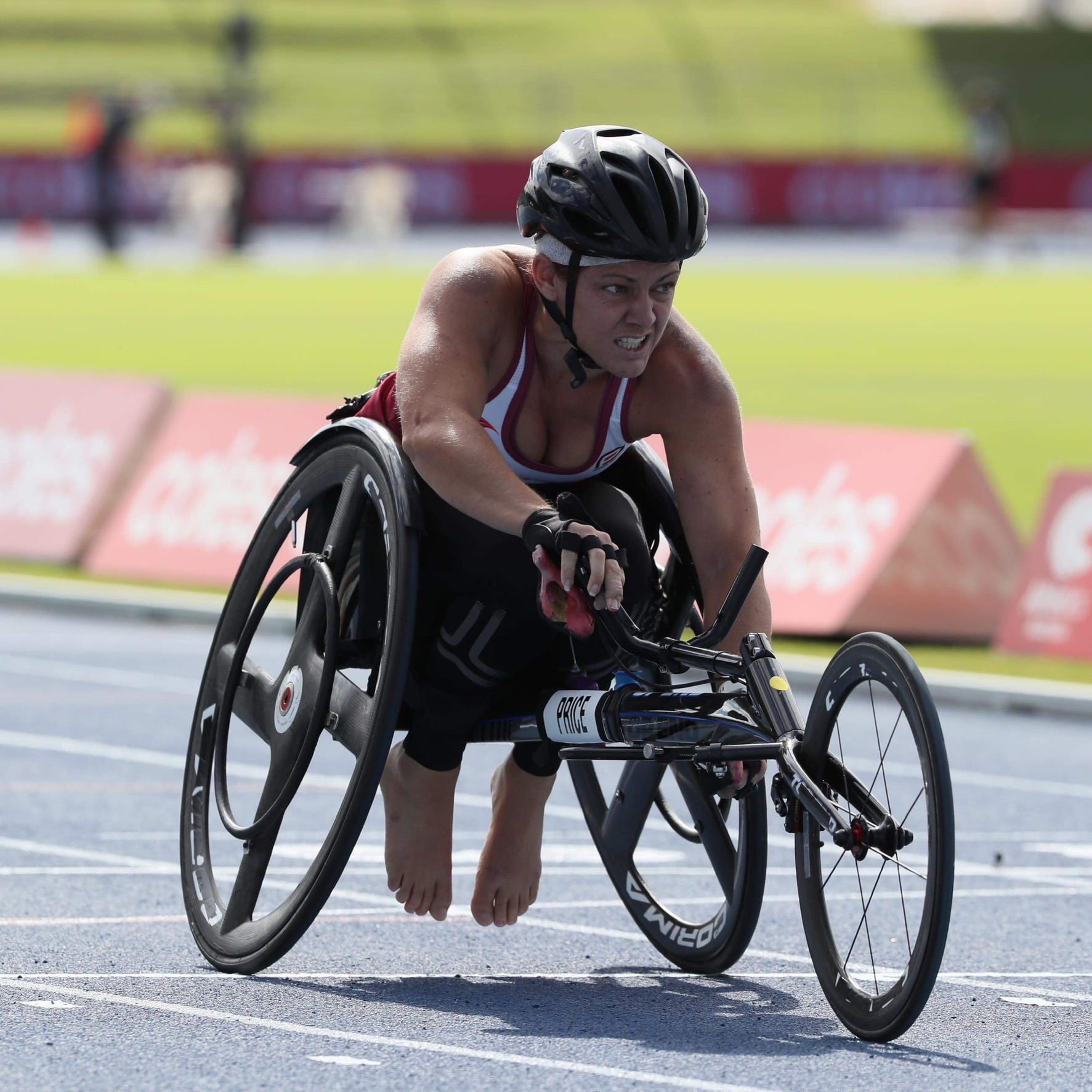Life with Lupus…on your own terms
Kim Opszala thought her eczema had returned when a rash appeared on her face, but it was a disease called lupus.
She’d been travelling around Australia before starting university in 2005/06 and upon her return Kim noticed the butterfly-shaped rash across her cheeks that she now knows is a tell-tale sign of the autoimmune disease. “At the time my GP thought it was eczema, which I had suffered with as a child. I was given steroid creams but they didn’t seem to help,” she tells This Is MedTech.
Life went on, and then suddenly everything changed. “At the end of 2006, just after I had finished my first full term at university, I went to the doctor – I can’t remember exactly what for – and he noticed the rash,” Kim recalls. “He asked if I had heard of lupus, which I had. My aunt, my mum’s twin sister, had had lupus since I could remember and had been in and out of hospital all my life.” The doctor sent off some blood tests and in January 2007 Kim was diagnosed with systemic lupus erythematosus (SLE).
SLE, or lupus, is a long-term condition causing inflammation to the joints, skin and other organs. There’s no cure, but symptoms can improve if diagnosed and treated early. The charity Lupus UK describes the two major symptoms as joint and muscle pain and an extreme tiredness that won’t go away no matter how much you rest. Rashes, depression, anaemia, feverishness, headaches, possible hair loss and mouth ulcers may also be part of the pattern of lupus.
The disease mainly affects women in their childbearing years, with the main trigger being hormonal activity and changes. It is estimated that about 500,000 people in Europe and over five million people worldwide are affected by lupus, according to Lupus Europe.
People with lupus can differ greatly in their symptoms and how the illness can affect them, from life-threatening to very mild. As in Kim’s case, the range of symptoms can mislead GPs, but there are specific blood tests available. When Kim got her diagnosis, she took the news hard. “At the time my aunt’s kidneys had failed and she was very unwell, so the diagnosis was devastating. I was very scared about the future as my only experience of lupus had been very negative,” she says.
In spite of her worst fears, Kim has largely been able to live a normal life. “I truly believe having a positive mindset is key,” she adds. Nevertheless, she faces some ongoing challenges. These include 80% hair loss, joint pain/swelling, which makes it difficult to do everyday things like writing and exercising, and tiredness. “If I overdo it, it can set me back months. Also, in the past couple of years I have had recurrent miscarriages which has been mentally and physically challenging,” she notes.
Another hurdle is the invisible nature of lupus. “It can be difficult to get employers, friends and family to understand and recognise some of these symptoms or the fact that you have a chronic disorder,” Kim explains. “I am passionate about raising awareness of lupus and last year became a trustee of Lupus UK. Since being diagnosed I have found the materials the charity produces and the support they offer to be invaluable and this is my way of giving back.”
Kim has regular blood tests to monitor her situation, the frequency of which depends on her medication. “At the moment I have a monthly blood tests but sometimes they are weekly. I also see my rheumatologist every three months where full blood and urine tests are taken.” In 2017 after experiencing breathlessness and increased protein in her urine, she had a kidney biopsy which confirmed lupus nephritis – kidney inflammation caused by SLE.
Despite this and other complications along the way, Kim has soldiered on. “Since being diagnosed I have finished university, worked in the largest law firm in the world and have won awards for my legal work, I have set up a property investment business and I regularly go on holidays – all whilst battling lupus flare ups and setbacks. Lupus might slow you down, but it doesn’t stop you!”
World Lupus Day takes place on 10th May every year.






